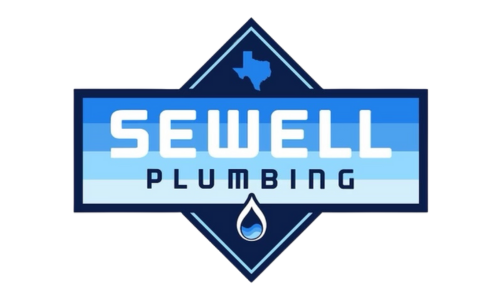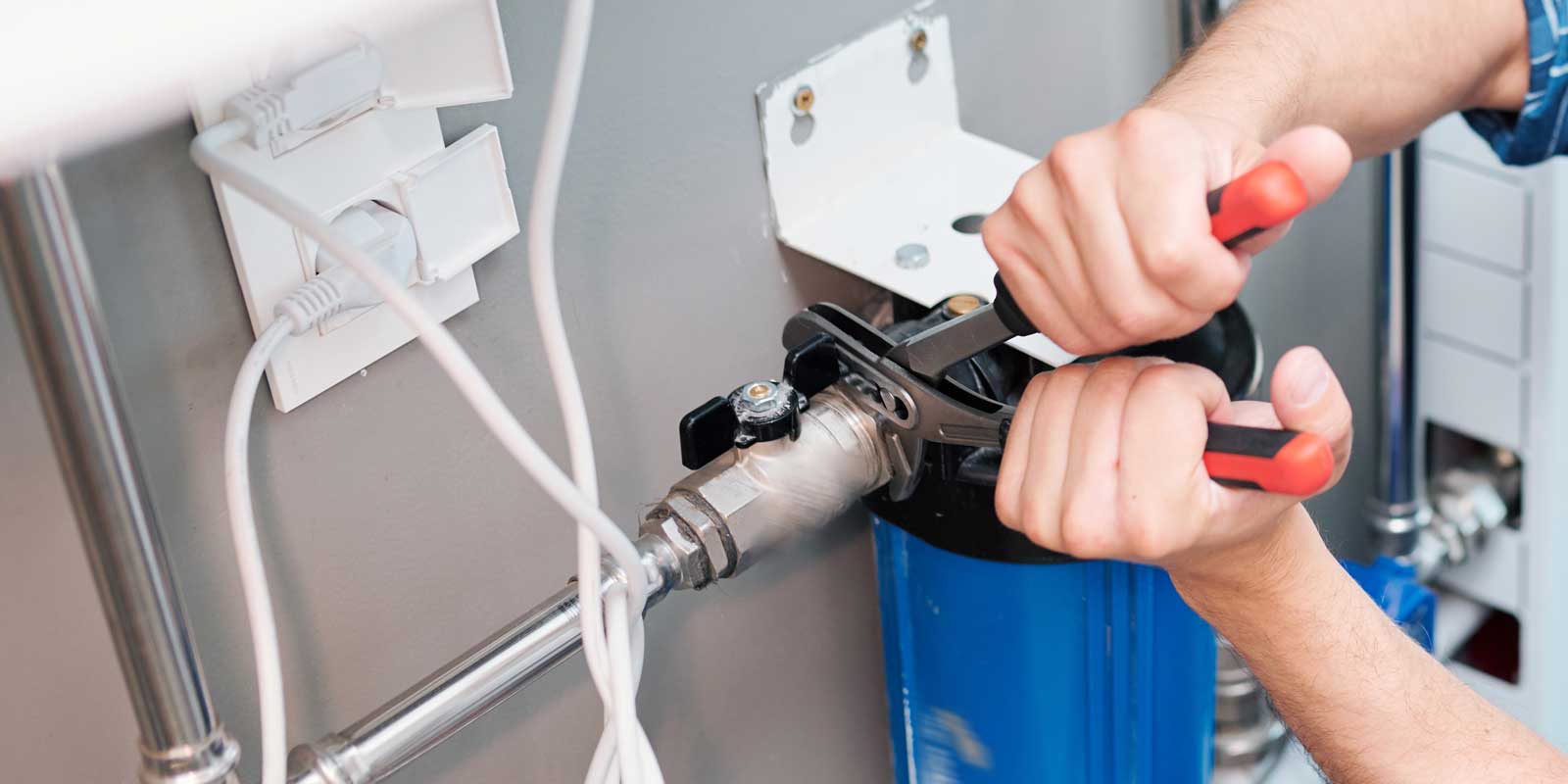In our quest for a healthier lifestyle, one often overlooked aspect is the quality of the water we consume. Installing a water filter can be a game-changer, ensuring that the water flowing through our taps is clean, safe, and free from contaminants. In this guide, we’ll delve into the intricacies of water filter installation, providing you with the knowledge and confidence to take this important step toward a healthier home.
Brief Overview of the Importance of Water Filtration
Water is a fundamental element of our daily lives, but the quality of the water we use can vary. From impurities to contaminants, our tap water may not be as pure as we’d like. This is where the significance of water filtration comes into play.
Significance of Proper Water Filter Installation
While purchasing a quality water filter is a crucial first step, the importance of proper installation cannot be overstated. A poorly installed filter may not function optimally, compromising its effectiveness and potentially leading to water quality issues.
Why DIY Water Filter Installation Matters
Many individuals opt for a do-it-yourself (DIY) approach when it comes to home improvement projects, and installing a water filter is no exception. Understanding the basics of DIY water filter installation empowers homeowners to take control of their water quality.
Understanding Water Filtration Systems
Overview of Different Water Filtration Systems
Water filtration systems come in various types, each designed to target specific contaminants. From activated carbon filters to reverse osmosis systems, understanding the differences helps in choosing the right one for your needs.
Choosing the Right Water Filter for Your Needs
The effectiveness of a water filter depends on your unique requirements. Are you looking to remove sediments, chlorine, heavy metals, or all of the above? Knowing your filtration needs guides you in selecting the most suitable water filter for your home.
Benefits of Investing in a Water Filtration System
Investing in a water filtration system goes beyond the immediate improvement in water taste. It contributes to the long-term health of your household by reducing the risk of waterborne diseases and ensuring that your water is safe for consumption and everyday use.
Necessary Tools and Equipment
Essential Tools for Water Filter Installation
Before embarking on the installation process, it’s essential to gather the necessary tools. Wrenches, tubing cutters, and Teflon tape are among the tools that make the installation smoother.
Understanding the Components of Water Filters
Familiarizing yourself with the components of your water filter is crucial. From filter cartridges to housings, each part plays a specific role in ensuring the effective removal of contaminants.
Safety Precautions During Installation
Safety should always be a priority. When installing a water filter, it’s important to shut off the water supply, use proper safety gear, and follow the manufacturer’s guidelines to avoid accidents.
Assessing Your Water Quality
Importance of Water Quality Testing
Before diving into the installation process, it’s wise to assess the quality of your water. Water quality testing kits are readily available and provide valuable insights into the contaminants present in your tap water.
Common Water Contaminants and Impurities
Understanding the common contaminants in tap water—such as bacteria, lead, and chlorine—guides you in choosing a water filter that specifically addresses these issues.
How Water Quality Affects Installation Choices
The quality of your water influences the type of water filter you need and the frequency of filter replacements. By considering your water quality, you can make informed decisions during the installation process.
Preparing for Installation
Shutting Off Water Supply and Identifying Water Lines
Before starting the installation, locate the main water shut-off valve and turn off the water supply. This minimizes the mess and ensures a smooth installation process. Identify the water lines to determine where the filter will be placed.
Ensuring Proper Ventilation in the Installation Area
Installing a water filter often involves working in confined spaces. Adequate ventilation is crucial to prevent the buildup of fumes or odors. Open windows and doors to ensure a well-ventilated workspace.
Clearing Workspace and Gathering Materials
A clutter-free workspace makes installation easier. Clear the area around the installation site and gather all the materials, tools, and components needed for the process.
Step-by-Step Guide to Water Filter Installation
Unboxing and Checking Components
Start by unpacking the water filter and checking all components. Ensure that you have all the necessary parts and that nothing is damaged or missing.
Connecting the Water Filter to the Main Water Supply
Carefully follow the manufacturer’s instructions to connect the water filter to the main water supply. Use the appropriate tools to secure the connections, ensuring a leak-free installation.
Securing Filters and Ensuring Tight Seals
Properly secure the filter cartridges in their housings and double-check all seals and connections. A secure and tight installation is crucial for the efficient functioning of the water filter.
Troubleshooting Common Installation Issues
Dealing with Leaks and Drips
Leaks and drips can occur during and after installation. Troubleshoot these issues by checking connections, tightening fittings, and ensuring that all seals are in place.
Addressing Water Pressure Concerns
Changes in water pressure after installation may indicate an issue. Adjustments may be needed to ensure the water filter doesn’t compromise the overall water pressure in your home.
Tips for Ensuring a Smooth Installation Process
To ensure a smooth installation process, take your time, follow instructions carefully, and don’t hesitate to seek professional assistance if needed. Proper installation is key to the long-term effectiveness of your water filter.
Regular Maintenance and Filter Replacement
Importance of Regular Filter Changes
Regular maintenance is crucial to keep your water filter performing optimally. Follow the manufacturer’s recommendations for filter replacement intervals to ensure continued clean water.
Signs Your Water Filter Needs Replacement
Recognizing signs that your water filter needs replacement, such as reduced water flow or a change in water taste, allows you to address issues promptly and maintain water quality.
Proper Disposal of Old Filters
When replacing filters, dispose of the old ones properly. Check local regulations for guidance on recycling or discarding used filter cartridges in an environmentally friendly way.
Choosing the Right Location for Installation
Kitchen Sink Water Filter Installation Considerations
Installing a water filter in the kitchen involves considerations such as available space, proximity to the sink, and ease of access for filter changes. Choose a location that balances functionality and aesthetics.
Whole-House Water Filter Placement Tips
For whole-house water filters, strategic placement is essential. Consider factors like water entry points, available space, and the flow rate needed to supply clean water throughout your home.
Outdoor Water Filter Options and Considerations
Some homeowners opt for outdoor water filters to address specific needs. When choosing an outdoor water filter, consider durability, weather resistance, and the impact of outdoor elements.
Professional Installation vs. DIY
Benefits of Hiring a Professional for Installation
While many homeowners choose to install water filters themselves, hiring a professional has distinct advantages. Professionals ensure correct installation, troubleshoot potential issues and provide peace of mind.
Cost Comparison: DIY vs. Professional Installation
Comparing the costs of DIY installation and professional services is essential. While DIY may seem cost-effective initially, professional installation offers expertise, potentially avoiding costly mistakes in the long run.
When DIY Installation is Appropriate
For those comfortable with home improvement projects, DIY water filter installation can be a rewarding experience. It’s appropriate for individuals with basic plumbing knowledge and a willingness to follow instructions diligently.
Frequently Asked Questions (FAQs)
Q: Why should I install a water filter in my home?
A: Installing a water filter ensures that the water you consume is free from contaminants, impurities, and unwanted odors, providing cleaner and safer drinking and cooking water.
Q: What types of water filtration systems are available for home use?
A: There are various types, including activated carbon filters, reverse osmosis systems, UV filters, and whole-house water filters. Each targets specific contaminants, so the choice depends on your water quality needs.
Q: Can I install a water filter myself, or do I need professional help?
A: Many water filters are designed for DIY installation, especially under-sink and countertop models. However, complex systems or whole-house filters may benefit from professional installation.
Q: How often should I change the water filter cartridges?
A: The frequency of filter changes varies depending on the type of filter and water usage. Generally, it’s recommended to replace filter cartridges every 3 to 6 months or as specified by the manufacturer.
Q: Do water filters remove essential minerals from the water?
A: Most water filters focus on removing contaminants and impurities while retaining essential minerals. Check the specifications of your specific filter to understand its impact on mineral content.
Q: Can I install a water filter for my entire house?
A: Yes, whole-house water filtration systems are available. They treat water at the point of entry, ensuring clean water throughout the house for drinking, bathing, and cooking.
Q: Will a water filter improve the taste and odor of my tap water?
A: Yes, one of the significant benefits of water filters is improving the taste and odor of tap water by removing chlorine, sediment, and other impurities.
Q: How do I know if my water filter is working correctly?
A: Signs of a well-functioning water filter include improved water taste, clarity, and the absence of unusual odors. Regular water testing and monitoring can also ensure the ongoing effectiveness of the filter.
Q: Can I use a water filter for well water?
A: Yes, there are water filters specifically designed for well water. These filters address common well water contaminants, such as sediment, iron, and bacteria.
Q: Are there any safety precautions I should take during water filter installation?
A: Yes, safety is essential. Always turn off the water supply before installation, follow the manufacturer’s instructions, and use proper safety gear if required. If uncertain, consider seeking professional assistance.
Q: Can I install a water filter outdoors?
A: Some water filters are designed for outdoor use, but not all. Ensure that the chosen filter is suitable for outdoor installation and can withstand environmental elements.
Q: How do I dispose of old water filter cartridges responsibly?
A: Check local regulations for proper disposal methods of used water filter cartridges. Some can be recycled, while others may need to be discarded following specific guidelines.
Q: Will a water filter affect the water pressure in my home?
A: Properly installed water filters should not significantly impact water pressure. If you experience a noticeable pressure drop, it may indicate an installation issue that needs attention.
Q: Can I install a water filter on my own if I have limited plumbing knowledge?
A: Many water filters are designed for DIY installation and come with clear instructions. Basic plumbing knowledge is beneficial, but with careful attention to instructions, even those with limited experience can successfully install certain filters.
Q: Do water filters require electricity to operate?
A: Most water filters, especially common household types, do not require electricity. They operate based on water pressure and gravity, making them energy-efficient and easy to maintain.
Conclusion
In conclusion, the installation of a water filter is a significant step toward ensuring clean and safe water for your household. From understanding different filtration systems to troubleshooting common issues, this comprehensive guide empowers you to take charge of your water quality. By following the outlined steps and considering the nuances of water filter installation, you can enjoy the benefits of pure and refreshing water in your home. Make informed decisions, prioritize regular maintenance, and revel in the peace of mind that comes with a properly installed water filter. Here’s to a healthier and hydrated home!







